The largest, biggest, tallest and heaviest creatures on Earth as of 2022
The largest, biggest, tallest and heaviest creatures on Earth as of 2022
Updated on August 06, 2022 19:12 PM by Anna P
How do you describe the biggest animals
The biggest animals in the world come in all shapes, sizes, and types. There are many types of large animals - some are the tallest, some are the longest, and some are the heaviest.
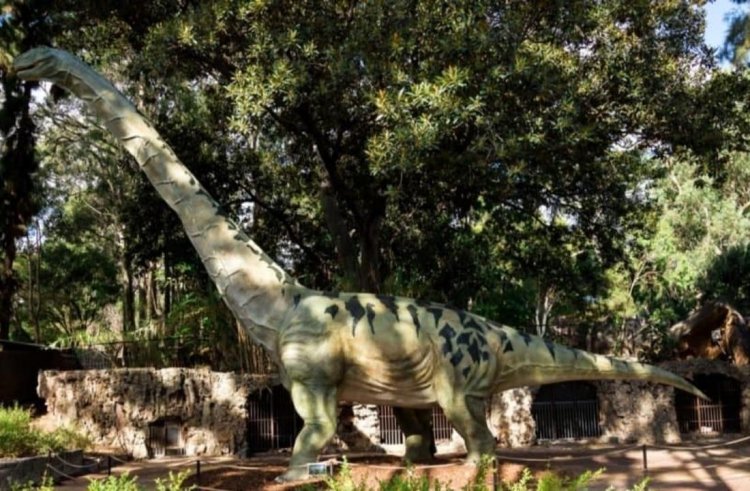
So when we are trying to understand the largest animals, it is very important to specify and justify exactly the word - largest - and especially what types of animals we consider to fall under the category of being in the list of the largest animals.
What is the purpose of this article
This article focuses on jotting down and describing the largest animals on Earth by size and category. It depends upon which category we are considering for organizing the largest animal in the world.
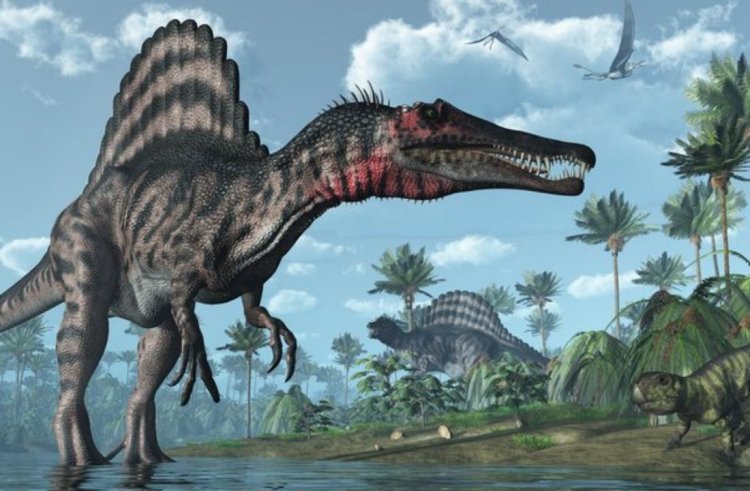
One cannot compare a blue Whale to the largest bird - they belong to two different categories of animal section. Similarly, Giraffe cannot be compared with the Elephant; the two are different types of animals.
Each category has certain specifications and based on those specifications, the animals are ranked as either heaviest, tallest, largest, or longest. However, each of these animals is categorized based on comparing it in its section.Add Block
The biggest animal on the planet
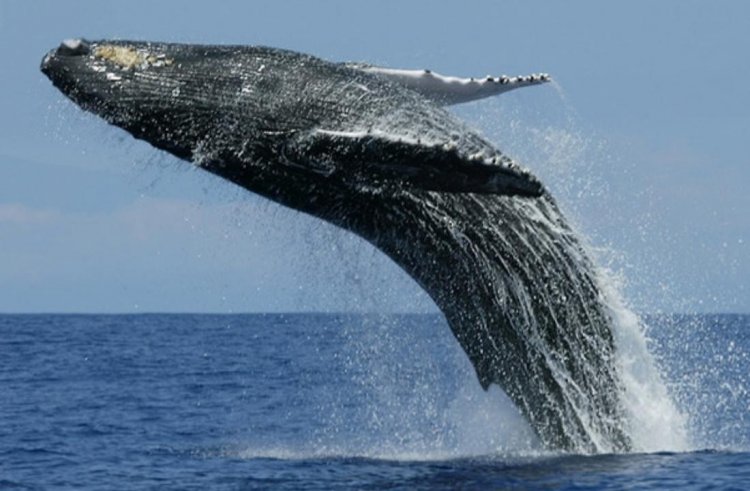
Blue Whale - scientific name Balaenoptera musculus.
The blue whale is viewed as the largest creature in the world ever. It covers all the categories of animals ever measured living and breathing on Earth.
Scientists have taken up the history of animals, and the blue whale has beaten all records of being the largest, longest, and heaviest animal on Earth.
In terms of the absolute size measurement, the blue whale is not only the largest living animal but is also considered the largest animal ever on planet Earth.
Now, considering the Pleistocene age, blue whales existed back then too. It was still the largest animal back then compared to the other animals that lived around Earth.
Modern blue whales reach a length of around thirty meters and weigh around one hundred and eighty tons.
The first fossil of the ancient whale was found in Southern Italy, which was large enough to determine that the animal was always big. The fossil skull determined that blue whales returned to the Great Ice Age.
In modern times, newborn blue whales weigh around three tons. Their present population on planet Earth is ten thousand to twenty-five thousand.
Ocealogist and environmentalists are trying their best to protect the animal species by saving Earth’s habitat, and blue whales come under the essential category. Right now, they have been deemed an endangered species.
The biggest blue whale recorded was an astonishing one hundred and ninety tons.
However, ancient whales weighed up to two hundred tons, equal to thirty-three elephants.
A blue whale's heart can be the same weight as a standard-sized car or, more specifically, the size of a Volkswagen Beetle. Its tongue is as long and large as a standard-sized wild elephant.
Its belly can harbor one ton of krill; however, the blue whale needs to feed about four tons of krill daily.
They are the noisiest animals on Earth, and sometimes their sound crosses the sound of a jet engine.
A blue whale's highest-pitched calls reached up to one hundred and eighty-eight decibels, while a jet reached one hundred and forty decibels.
The aquatic creatures can hear the well-known low-frequency whistle of a blue whale for hundreds of miles. One blue whale probably uses these low-frequency whistles to attract other blue whales.
Biggest land animal in the world
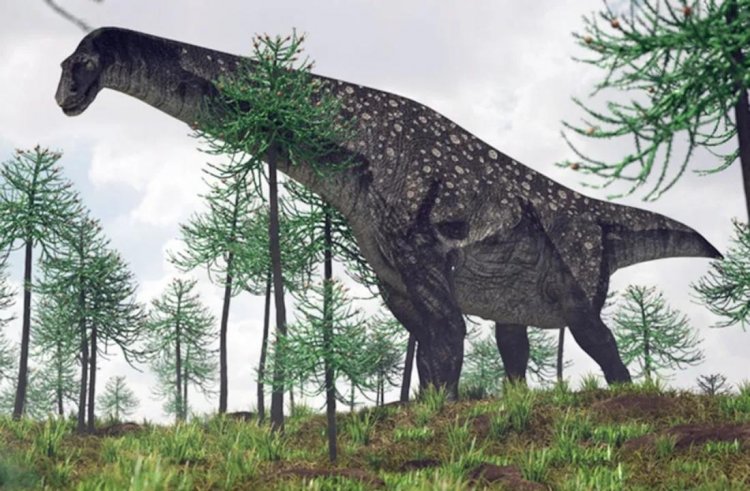
Scientists consider African Bush elephants the biggest land animal on Earth based on weight. The scientific name of the African Bush animal is Loxodonta africana.
According to historical records, the largest animal on land is the African bush elephant. History says that the African Bush elephant is the descendant of Mammoths. The African bush elephant is the immense terrestrial beast on Earth right now.
The Bush Elephant is one of two African elephant species, along with the African forest elephant.
The bush elephant can grow to 4.5 meters tall at the shoulder and six meters long, weighing up to six thousand kilograms or weighing four to seven tons.
The front legs of these colossal African beasts are prominently longer than the hind legs.
The African Savanna elephants are easily differentiated from any other species of Elephant by their very large and flapping ears.
These colossal beasts are currently listed as endangered in the IUCN Red List of Threatened Species and are considered one of Africa’s endangered animals.
The African Bush elephant is also known as the African savanna elephant, which is now recorded as the largest species of Elephant all around the world.
If the two ears of these beasts are combined, they might be longer than the size of their head. However, they have large flapping ears, which allows them to emit excess heat out of their body, especially around their neck.
The African savanna elephants are found in twenty-three countries and live in various habitats in tropical rainforest areas in Africa.
They have longer tusks and have been portrayed in the story of Tarzan.
They are spread out from open and wooded savannas to even some deserts and forests in Africa.
The largest populations of these colossal beasts are in Southern and Eastern African countries, including
Botswana forests,
Rainforests in Zimbabwe,
Tanzania rainforests,
Kenya, Namibia, and Zambia, and a stretch of rainforest area in South Africa.
One of the greatest advantages for forest reservation officials is that since these colossal giants are visible within the open areas of the savannah grasslands, one can see them in their natural habitat. Right now, they are vulnerable species; where they live, they are well studied by forest conservation organizations.
The world animal conservation organizations can easily estimate their populations. Since their ancestors were mammoths, forest conservation organizations try their best to multiply their population.
According to the current statistics
Each African bush elephant family unit usually consists of around ten female elephants and their calves.
The bull elephants only associate with a specific herd when it is time for mating.
Several family units often form a pact and join together to form a whole clan.
The clan sometimes has several hundred members, and a female matriarch leads it.
Several savannah elephants always prefer to stay in units for security and protection.
They have a typical habitat, the savanna elephants are often found grazing on grasses, but their appetite is much higher and wider than just the green grasses and leaves.
They also chew through various plants and fruits and sometimes even enter various manufactured groves to browse in the greenery.
However, their selection of food varies depending on the time of year; especially during the rainy season, these giant elephants will feed more on long grasses than during the dry season.Add Block
Biggest land animal in terms of height
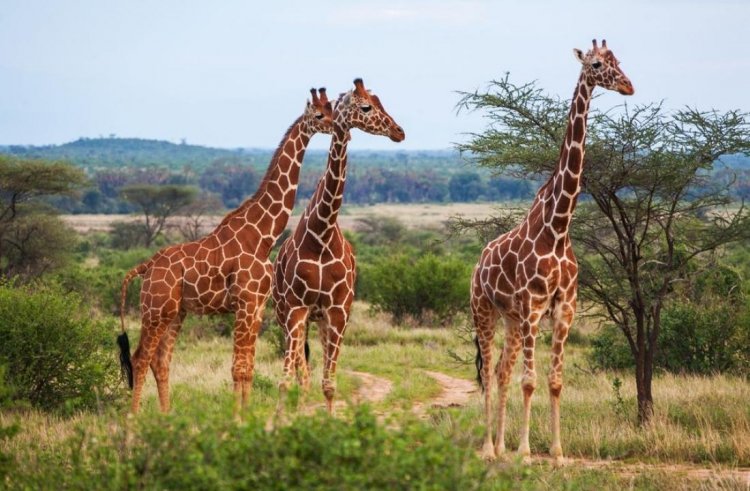
The Giraffe is the biggest land animal if they are measured in terms of its height.
The scientific moniker of the Giraffe is Giraffa.
The animal can clock up to 6 meters in height. The tallest animal on Earth, the Giraffe, is the largest land animal if we measure in terms of height.
Their blotched-patched necks can reach up to 2 meters long, and their tongues are at least half meters long. Giraffe calves usually have a fifteen-month gestation period keeping the size of the female bearer.
However, when their birth happens, it occurs most unusually for a typical mammal. Usually, in the case of any mammal, the baby’s head first comes out, but, Giraffe is the only mammal whose birthing process starts with the calf’s feet first coming out.
The iconic factor is the newborn calf is born at a minimum of two meters in length.
The Giraffe has certain physical features that make it different from all other animal species. These physical features have helped it to earn the crown of being the largest animal in terms of height.
These physical features are
An exceptionally long neck and long legs.
High shoulders balance the neck and the torso of this animal.
And a sloping yet slender back helps the animal to walk in the specific direction it wants to.
The tapering head has horns that depend from one animal to another.
On average, they have two to five short horns.
A giraffe's horns are covered with skin rather than open tusk-like hard material.
Now, in the case of the size of horns, it is subjective to males and females.
The horns are the biggest ones in the case of the males. They often use their horns as defense weapons in any fight between two alphas of two different clans.
The Giraffe has hairy lips, which help them to protect its gums and teeth.
They have large eyes, which helps them be alert for enemies from other animal species.
Its pale buff coat is sprinkled with brown patches all over its body. However, the brown patches are not of equal size and density, and color for all giraffes.
The Giraffe has a huge-sized heart that pumps blood at a pressure two or three times that of a healthy man. This pumping helps the blood get pushed up its long neck and legs.
A giraffe, on average, weighs over one thousand kilograms and has a life of about twenty to thirty years.
Giraffes are huge animals; sometimes, they lie down with their legs folded under their bodies. Now, the challenge turns up when they try to stand up. Standing up for a Giraffe is quite a hustling task.
They need to raise their front part of the body to get up. The Giraffe firstly unfolds its forelegs; with the long neck swung back so that the weight is taken off the forelegs, which would help them get up.
Once the forelegs were in the position to support the front of their body, they swung their neck forward again. This time it helps them take the weight off the hind legs, and they start getting up on their back limbs.
It keeps repeating this movement until the animal finally gets to its feet, standing and completely balanced.
Since it is a huge deal for a giraffe to get up, it turns out to be so awkward for it to relax. As a result, the Giraffe mostly sleeps in the standing position.Add Block
Biggest bird on the planet
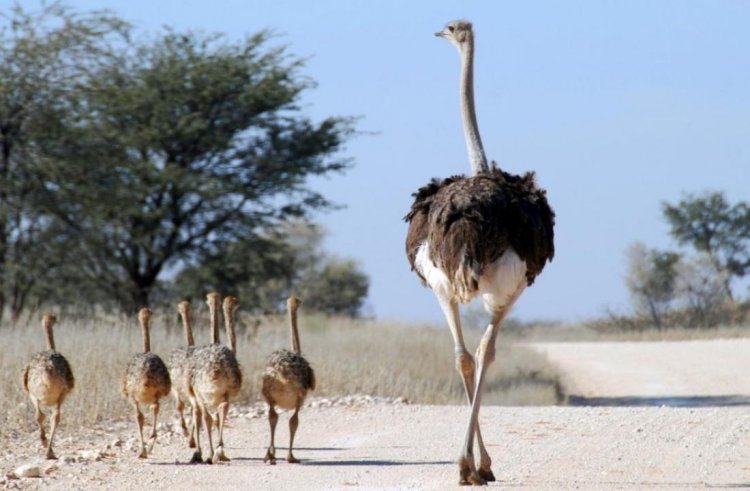
Wandering Albatross is the biggest bird on Earth. The scientific name is Diomedea exulans.
The bird is considered large by having the largest wing.
The birds have a wing up to 3.7 meters wide. The New Zealand Wandering Albatross sometimes has an average wing of 2.44 meters.
The wandering albatross is still the largest living bird on Earth when the wing is measured in terms of all the bird species on Earth.
Their colossal wing allows the albatross to go on to cover longer distances or miles without flapping their wings for long intervals. It also helps them define their habitat and appetite; as birds, they spend most of their lives taking long flights. They only land to breed and feed their offspring.
Biggest flightless bird on the planet
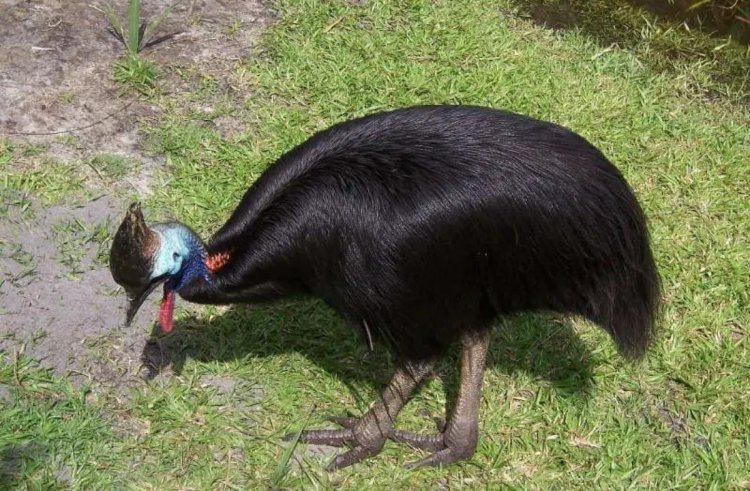
The Common Ostrich is the biggest flightless bird on the planet.
The scientific name for the typical Ostrich is Struthio camelus. This bird is the largest flightless bird based on its height and weight.
Some of the uncanny facts about this largest flightless bird are as follows
The common Ostrich is the biggest flightless bird in the world and the scariest.
A common ostrich has an average height of over 2 meters.
Sometimes the male Ostriches grow up to the height of 2.7 meters.
The average weight of these Ostriches goes up to one hundred and sixty kilograms.
This flightless bird can outrun most numbers of other fast animals. It has a top speed of sixty-nine kilometers per hour.
Their long, strong, and powerful legs are used as defensive weapons.
The legs of the ostriches form a shield mode for them as they would use it to give a powerful kick to would-be predators.
Ostrich can survive in a harshly dry climate. They can survive without drinking water for days. Since it maintains such a huge size, the Ostrich cannot fly, which is very obvious.
The Ostrich can generate water internally and extract the required water from the surrounding vegetation. This capability of them helps them to survive even in extreme heat.
They usually prefer to stay in large groups to keep themselves protected and secure from predators.
They gather in their flocks, especially during the dry season, to help stick around together. It helps them to stay safe and get assembled at a water source.
Males act as the alpha of a flock which consists of one head female and a couple of subordinate females.
Females in any animal kingdom are jealous, so even when all the females in the flock lay their eggs on the same perch, the head female makes sure to drive the other females away.
As a result, the male Ostrich must play an important role in raising the young, helping them build the nest, guarding the eggs, and often chasing off potential predators.





